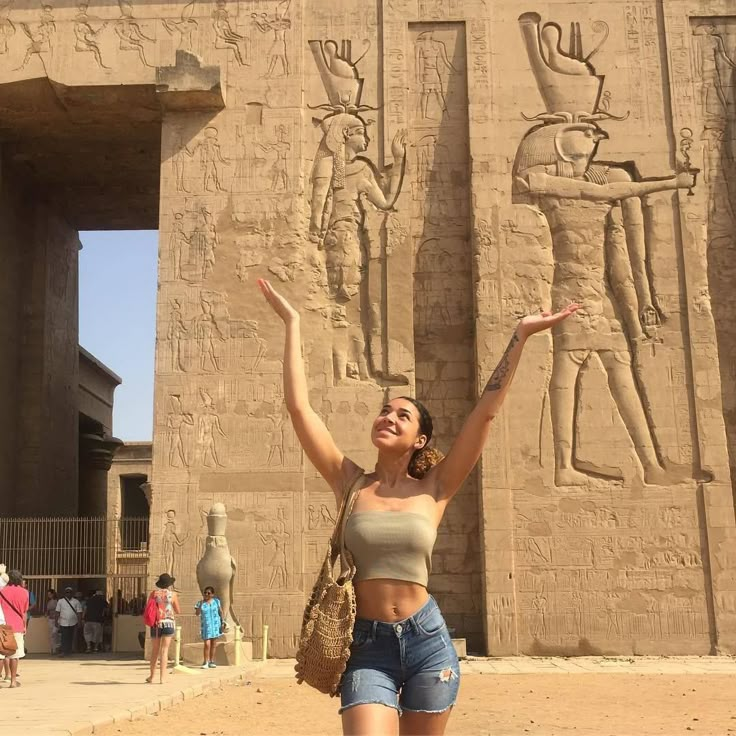Explore Luxor Egypt: Your Ultimate Travel Guide
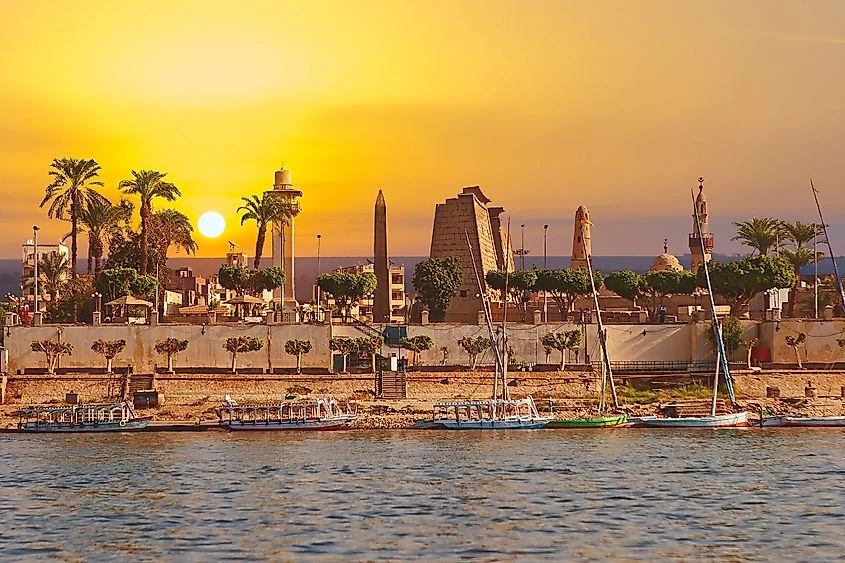
Step onto the land where history was fashioned under majestic, towering columns that witnessed empires being built and razed. Known as the "greatest open-air museum all over the world," Luxor offers a rare floating trip through time into ancient days. Once the nucleus of Thebes, the city has nearly one-third of the world's monuments, inviting you to revel in its timeless grandeur.
Start your journey with the grand Karnak Temple and the Valley of the Kings, which have been the burial ground for famous kings and pharaohs for over 5 centuries. Situated on the banks of the Nile, the wonderful Luxor is more than just a place; it's a gateway into 5,000 years of Egyptian civilization.
From historic temple tours, your Luxor adventure tour will include some thrilling activities, like hot air ballooning at dawn, cruising the Nile, and serene felucca rides. There's so much to do in Luxor, and the right tips will surely help you with your preparations.
Get ready to dive into the local culture, learn to navigate transportation apps like Careem, and fall in love with this giant ancient city that will add fascinating chapters to your travelogue.
Why Visit Luxor? The Heart of Ancient Egypt
Taking a day trip to Luxor means plunging deep into the cradle of ancient Egyptian history. Known as Thebes in antiquity, the city boasts awe-inspiring sites such as the Karnak Temple and the Valley of the Kings.
Luxor, as the historical core of Egypt, is visible in the monumental architecture. Both the Luxor Temple and the Temple of Hatshepsut stand as perfect expressions of ancient design and culture, and each tells a story from a long-ago past.
Other top highlights are:
Karnak Temple Complex:
Covering roughly 250 acres, it includes structures dating back nearly 4,000 years.
Valley of the Kings:
A royal burial ground renowned for its richly decorated tombs and hieroglyphs.
Avenue of the Sphinxes: An almost two-mile-long walkway bordered by 1,057 sphinx statues, connecting Luxor with Karnak.
Temple of Hatshepsut:
Named after one of Egypt's few female pharaohs, unique in architectural splendor.
Ramesseum:
The grand temple of Ramses II, famed for its huge size and beautiful dignity.
The Luxor day trip presents an exhilarating chance for you to walk through these ancient wonders and gain insights into the past from a very reliable Egypt Day Trips guide.
How to Get to Luxor - Travel Possibilities
Luxor is about 670 km south of Cairo, situated along the Nile, and can be reached by the different modes of transport available. Taking a plane to Luxor International Airport would be the easiest option, with many international cities serving it with direct flights.
For a more scenic route, try the overnight train from Cairo, which is not just comfortable but also full of local flavor, with prices starting at LE78 ($14) for first-class. Sleeping cars go for LE440-LE660 ($80-$120).
Buses also go frequently between Cairo and Luxor at about LE90 ($16), while you can also rent a motorbike or bicycle to explore the city by yourself.
To make your arrival truly stress-free, Egypt Day Trips also offers transfer services that will take you directly from the transport hubs to famous sites in Luxor, such as Karnak Temple and the Valley of the Kings.
Luxor Egypt Guide - Essential Information

An understanding of some essential basics would go a long way in preparing you for your Luxor Trip. The local currency is the Egyptian pound (EGP). You can get this at the exchange offices or banks, though the preference is usually for cash, since many places do not accept cards.
Moving around Luxor in taxis, horse carriages, and local ferries on the Nile is as much about experiencing the city as it is about moving from one point of interest to another. When crossing the Nile by ferry, make sure to bargain the fares before getting on board to avoid any misunderstanding later.
Currency: Egyptian pounds (EGP)
Transport: Taxi, horse carriages, local ferries
A point to remember: always agree on the taxi fare before your journey begins.
About 675 kilometers south of Cairo, Luxor holds treasures dating back to the New Kingdom period of Egypt (1570-1070 BC). A must-visit site is the Karnak Temple Complex, located about 3 kilometers north, with the Luxor Temple being 230 meters long and right in the center of the city.
More must-visit places include the Luxor Museum and the Mummification Museum, both providing further insight into the rich history of the city.
Best Time to Visit Luxor: Climate and Seasons
The ideal time to visit Luxor is from October to April, when the weather is cooler and more pleasant for undertaking sightseeing and outdoor activities. January is generally the mildest weather, with average temperatures about 73°F.
This is the prime time for tourism, with December through February being the most crowded, with peak hotel rates. Very uncomfortable with temperatures well past 100°F outside in the months of June through August, while it is pleasant and silent.
Seasonal splitting:
High season: Mid-October to January
Shoulder season: March to May and September to early October
Low season: June to August
The cooler months are the most comfortable to plan for any Nile cruise from Luxor. Those who would like to dive in the Red Sea consider summer as the best time because of the smooth seas and superb visibility.
Visiting during some of the greater cultural festivities, such as Coptic Christmas in January and Abu Simbel Sun Festival in February, brings an extra meaning to the trip.
Top Luxor Tourist Attractions You Can't Miss
The highlights of Luxor are extensive and mesmerising. Begin your day trip to Luxor at Karnak. It is the largest religious complex in the world, with the famous Hypostyle Hall, with 134 gigantic columns.
Then the Valley of the Kings awaits you, where many of the Pharaoh kings, including Tutankhamun. Knowing of over 60 tombs, it's preferable to arrive early to dodge crowds and avoid the blazing heat.
Luxor Temple, being at the heart of the city, embodies a whole millennium of history and architectural style. At least a good 3 hours should be spent glamorising it.
Other musts include Deir al-Bahri temple, Medinet Habu, Tombs of the Nobles, and the Avenue of the Sphinxes, a 1.7 km walkway flanked by sphinx statues.
For a completely unordinary perspective, catch an early morning hot air balloon ride over the West Bank or sail felucca-style along the Nile to Banana Island- these offer breathtaking and serene experiences.
Luxor Trip Guide: Where to Stay
Luxor offers a range of accommodation from budget-friendly to exorbitant. Sofitel Winter Palace Luxor is one top names in the realm of luxe accommodation, being an exquisite blend of old-world charm and modern-day comforts on the East Bank.
Another better option is Steigenberger Nile Palace, which offers more than 300 rooms, a fitness center, and several dining options, with views of the Nile.
For those of limited funds, there are plenty of hotels to choose from, all offering meagre amenities for reasonable rates. Early bird bookings made during March or October are best.
A List of Best Luxury Hotels:
Sofitel Winter Palace Luxor
Steigenberger Nile Palace
And then, there are midrange hotels and local ones, including Maritim Julie Ville Kings Island, with over 650 rooms and numerous dining outlets; dine at Sofra and Al-Sahaby Lane for a true taste of Egyptian cuisine.
Luxor Travel Tips
Making arrangements before ensures a Hassle-free Luxor excursion. Dress in lightweight and breathable clothes suitable for the warm weather and bring sturdy flats for exploring the temple grounds.
Carry a refillable water bottle, along with sunscreen, to protect yourself from dehydration and sun rays.
Respect the customs and cultural traditions of the region by dressing modestly and seeking permission before snapping a photo of a local. Try to make it to the sought-after sites by early morning so you don't have to bear the heat and the crowds.
It's recommended you dedicate at least five days to properly experience the wonders of the Valley of the Kings and Karnak Temples.
Choose the local ferry, not the tourist ferries, to get an authentic and quiet journey. Prices will vary for transport, so planning ahead for travel expenses is sensible.
Simple hostels like Bob Marley House or high-end resorts like Hilton Luxor Resort & Spa will be found as per your taste and budget.
Best Things to Do in Luxor Egypt
A two-day tour of Luxor will cover most of these iconic sites; start at Karnak Temple, famous for the grand Hypostyle Hall with towering columns (entrance fee 200 EGP).
Then the architectural marvel of Luxor Temple awaits you; however, during the night, it looks extremely wonderful, with an entry fee of 160 EGP.
Finish your day with a felucca sail on the Nile, a tranquil way to watch the sunsets reflecting the city's beauty.
If you still have some more time, the Valley of the Kings and the Temple of Hatshepsut await you. Entrance to various tombs includes 240 EGP and 250 EGP for Tutankhamun's tomb. This UNESCO World Heritage site is now very enlightening historically.
Some more places to see include:
Mummification Museum-100 EGP
Luxor Museum-140 EGP
Howard Carter House (The home of the discoverer of Tutankhamun's tomb)
Nearby villages on through bike (80 EGP daily)
Don't forget to visit the local bazaars and sample some authentic Egyptian cuisine at Cafe Maratonga or Sunflower Restaurant.
Luxor Sightseeing - Unique Experiences
Luxor offers other truly unique activities. A sunrise hot air balloon ride gives stunning aerial views of the Valley of the Kings and Temple of Hatshepsut.
At sunset, a leisurely felucca sail on the Nile will provide a peaceful perspective of the city and its landmarks.
Highlights include:
Karnak Temple Complex-famous for towering pillars and hieroglyphics
Luxor Temple is famous for its giant statues and artwork
Valley of the Kings-ornate tombs of the pharaohs
Luxor Museum-display of ancient treasures
Colossi of Memnon: Two gigantic statues guarding the West Bank
It is highly advised to book guided tours for the balloon rides and cruise tours, which will greatly complement your knowledge, thus making the experiences much more fulfilling.
Top Places to Eat in Luxor-Culinary Delights
Trying out the food in Luxor is a must. An international mix of tastes is married with traditional Egyptian cuisine that gratifies all palates.
Sofra Restaurant is situated in a mansion dating from the 1930s; it serves typical home-cooked meals in an antiquated atmosphere. Al-Sahaby Lane offers awesome views of Luxor Temple and is loved by tourists.
Salahadeen is the perfect spot for Arabian cuisine, while 1886 Restaurant provides a fine-dining experience of French and Mediterranean cuisines and boasts a formal dress code.
For Italian Food, Pizza Roma is the place to be, really good for pizzas and pasta. With its 20 years of experience in Mediterranean and Oriental food, El Hussein Restaurant is a safe bet.
Lantern Room Restaurant originated with British and Mediterranean cuisine, and due to the much popularity, has expanded.
Nile Oasis claims to be the first farm-to-table restaurant locally.
West Bank also has romantic restaurants that include Al-Moudira, specializing in Middle-Lebanese dishes, and Restaurant Mohammed, known for Egyptian grills.
Thanks to the abundance of fresh produce from the Nile Valley, there is something delicious for every taste to find in Luxor.
Local Markets and Shopping in Luxor
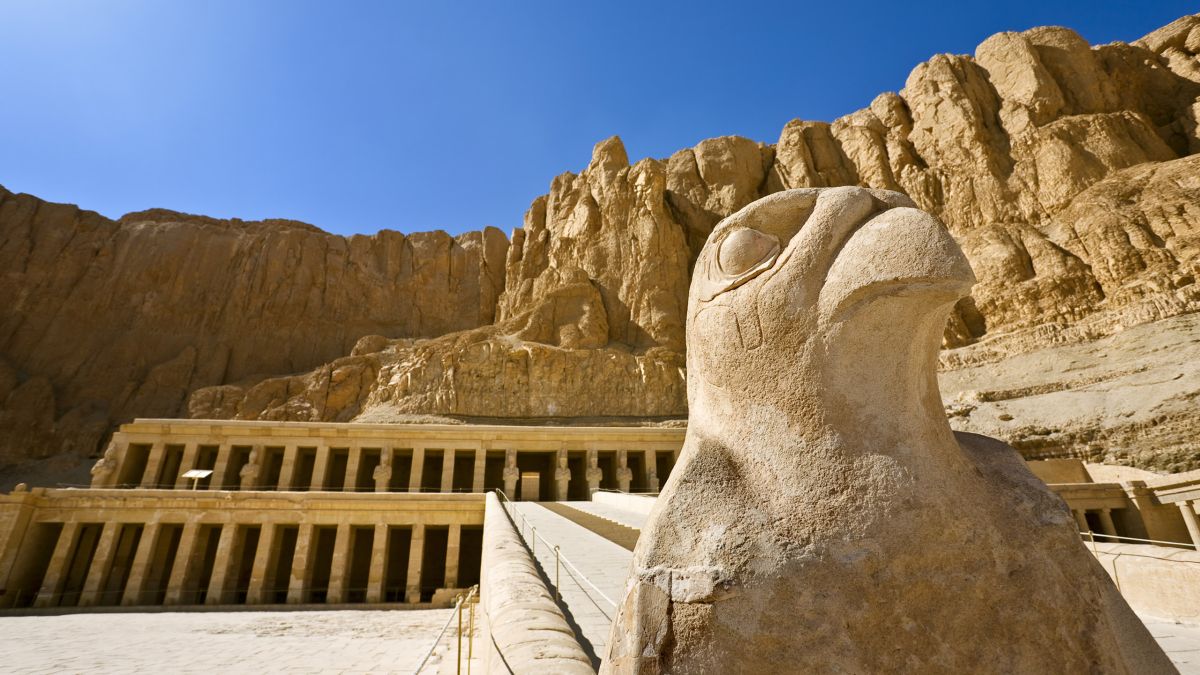
Shopping in Luxor's markets is a vibrant experience not to be missed. The active souks are full of spices, fabrics, and crafts. When considering your Luxor day tour, be ready to drift into this lively world where you can enjoy some bargaining practice with the local craftsmen. Price here is never set in stone, so do feel free to bargain.
Luxor Market remains open from 10 AM to 10 PM daily. You can reach it walking, by taxi, tuk-tuk, horse carriage, ferry, or even felucca boats! At night, even the air smells richer while lovely conversations fill the streets.
Most shops provide special goods, such as souvenirs, textiles, and aromatic spices. Artisans demonstrate local handiworks such as alabaster vases and handmade jewelry. For genuine local items, Caravanserai is a worthy recommendation.
For those who like eating, Sa-Re Gourmet Food and Twinkies specialize in local treats. Duty-Free Shop Luxor and Drinkies sell Egyptian wines and beers. That tea shared among the locals at Eddie's is quite a cultural moment — a chance to witness traditional trade and nourish the understanding of everyday life. This makes Luxor excursions truly special, with immense attention to local crafts and authentic souvenirs.
Health and Safety Tips for Travelers to Luxor
The trip to Luxor is going to be filled with a multitude of unique moments; however, one will still need to consider health and safety concerns to have a smooth vacation. Consider the following while at Luxor to get the most out of your excursion.
Bottled water must be drunk to avoid any stomach problems. This is especially crucial in hot desert climates. All food, no matter where it comes from, should be thoroughly cooked so as to avoid illnesses like hepatitis A. Try to do all of your outdoor activities in the cooler times of the day to avoid too much exposure to the sun.
Keep up your vigilance for the whole duration of your stay. In detail:
Avoid dark areas at night to avoid theft or harassment.
Always ask before taking a photograph of locals in respect of their privacy.
Guarantee the highest possible security for your valuables; for example, use hotel safes and be very attentive to what's going on around you.
Egypt is a safe country; however, it is always better to be vigilant and be aware of possible risks that could spoil your memories of this once-in-a-lifetime trip. Solo women travelers may want to journey with older women or large groups. Additionally, increased security measures in areas popular with tourists ensure their safety.
To avoid any pressuring sales on your cruise on the Nile from Luxor or a day trip to Luxor, select your tour operator carefully. Travel insurance also gives you peace of mind in the case of any unforeseen expenses.
By considering these health and safety tips, you should provide a smooth, worry-free visit to the heart of ancient Egypt, all the while ensuring the well-being and safety of yourself.
Cultural Experiences - Engaging with Locals
Immersion in local culture by itself constitutes half of the best Luxor day tour. Connecting with locals presents a view of their lifestyle and traditions from a very sincere perspective.
Join a cooking class to learn all about Egyptian cooking. It is more than just food: it is an opportunity to meet people who are passionate about their culinary heritage.
Visiting village markets lets you absorb the lively atmosphere, eat some fresh local produce, and perhaps find an item that catches your eye, if even just for a few moments! Such interactions cement your feel for Luxor's diverse culture.
Islamic history guided tours allow you to understand the city's meaning. Explore mosques and important places while your guide tells you the history that gives rise to reality.
Sign up for local cooking classes.
Go to village markets for authentic connections.
Walk through Islamic heritage with a guide.
Find small-group day trips for that personal touch.
Such cultural interactions will be the life force of any Luxor adventure tour, producing lasting memories. Interactions with locals become treasured memories that illuminate one's entire travel experience.
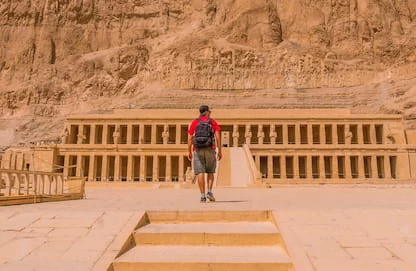
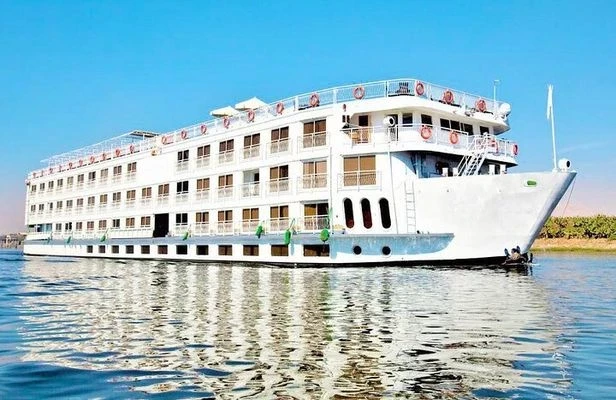
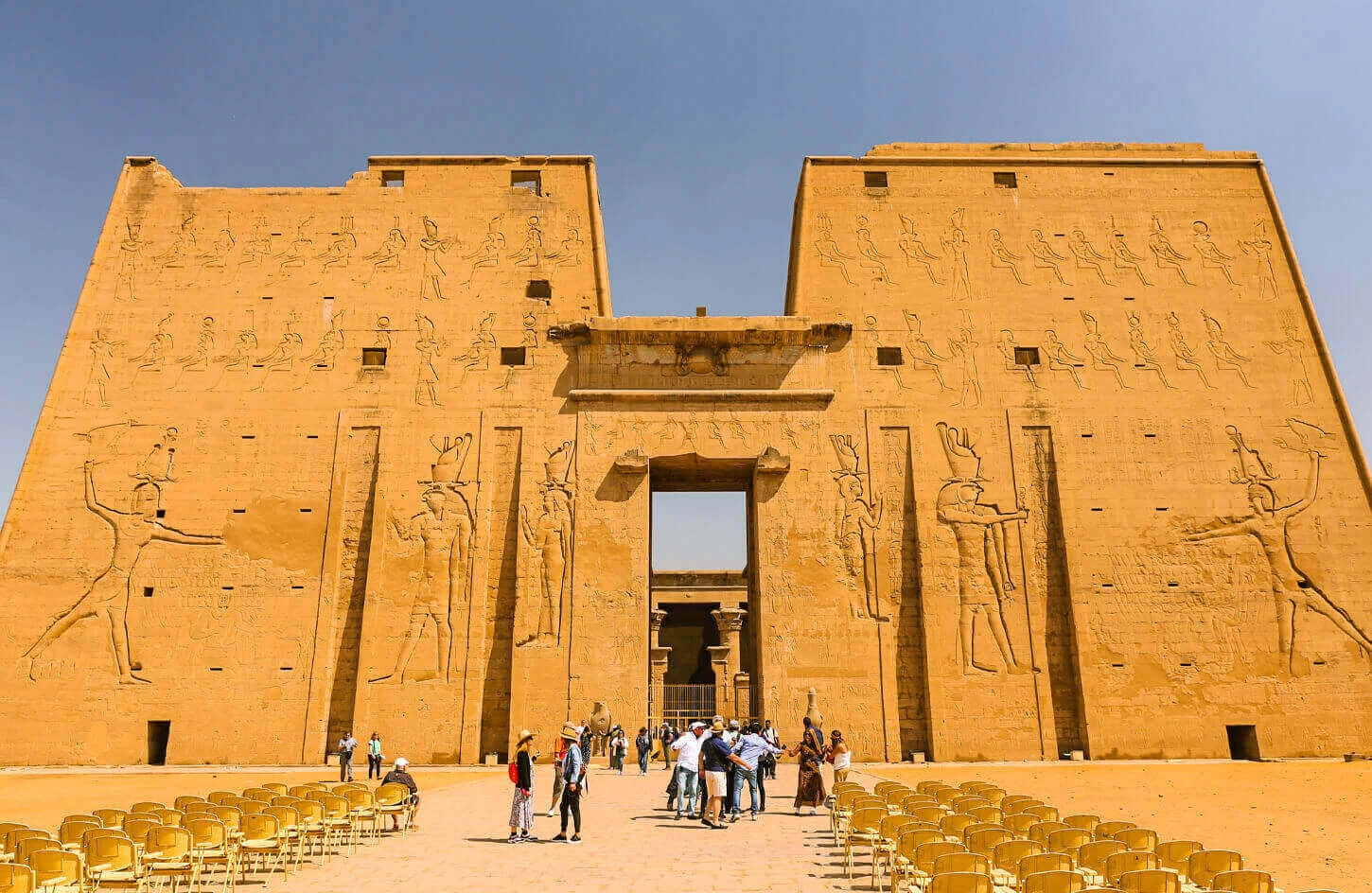


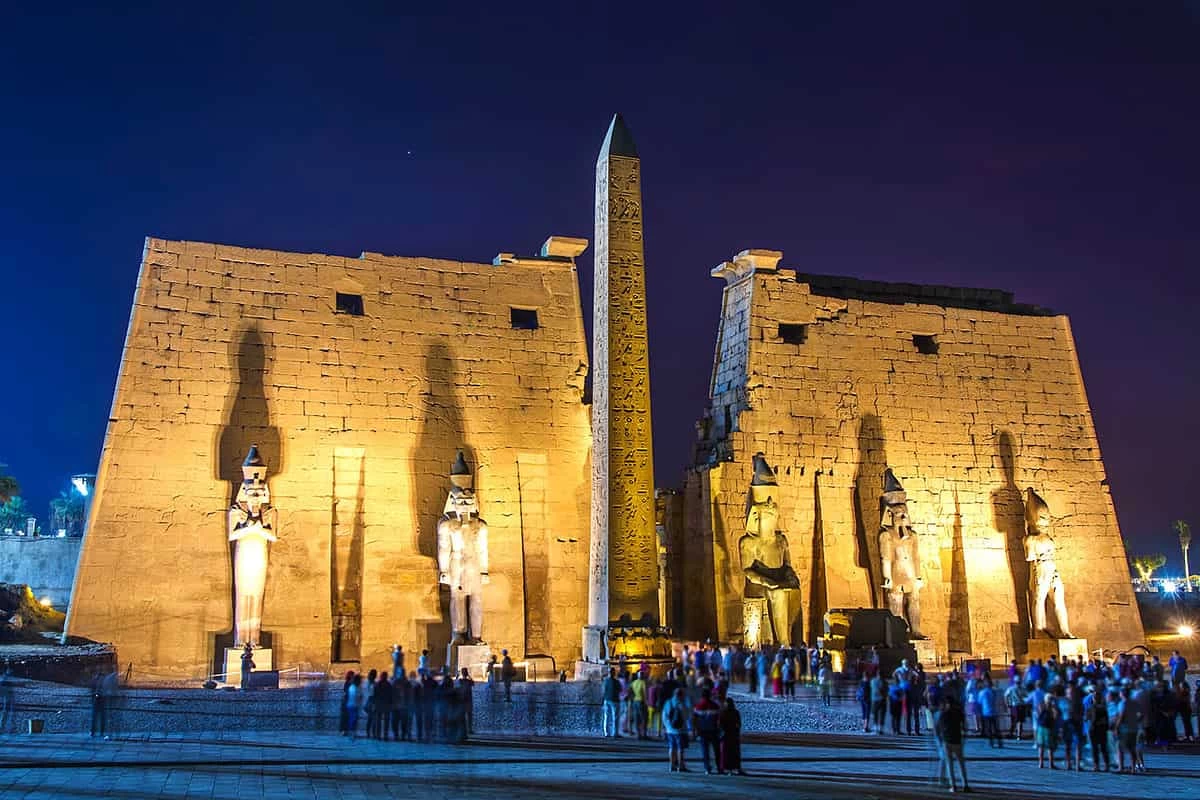
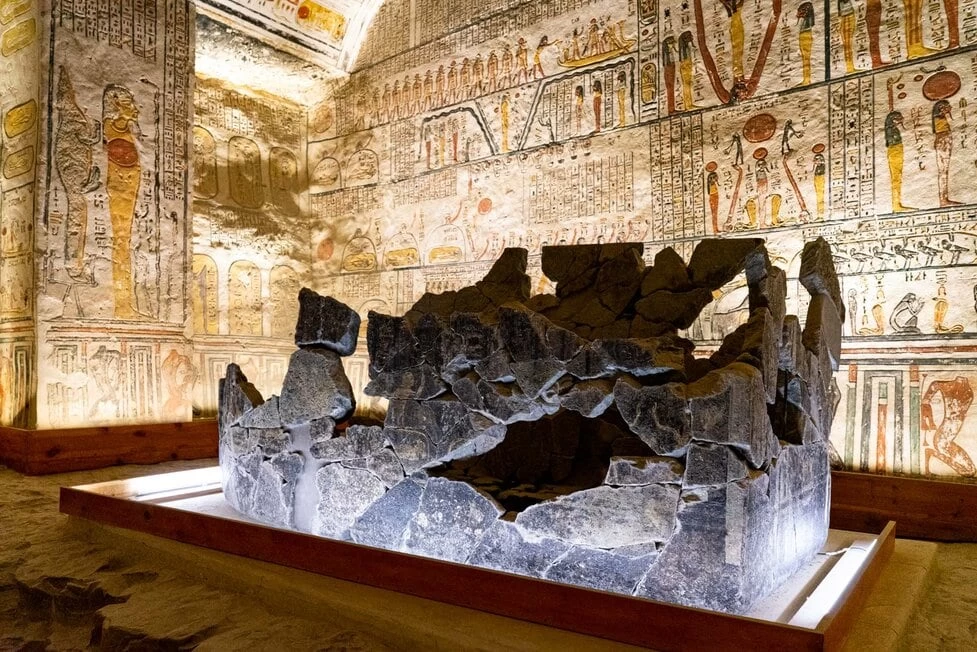
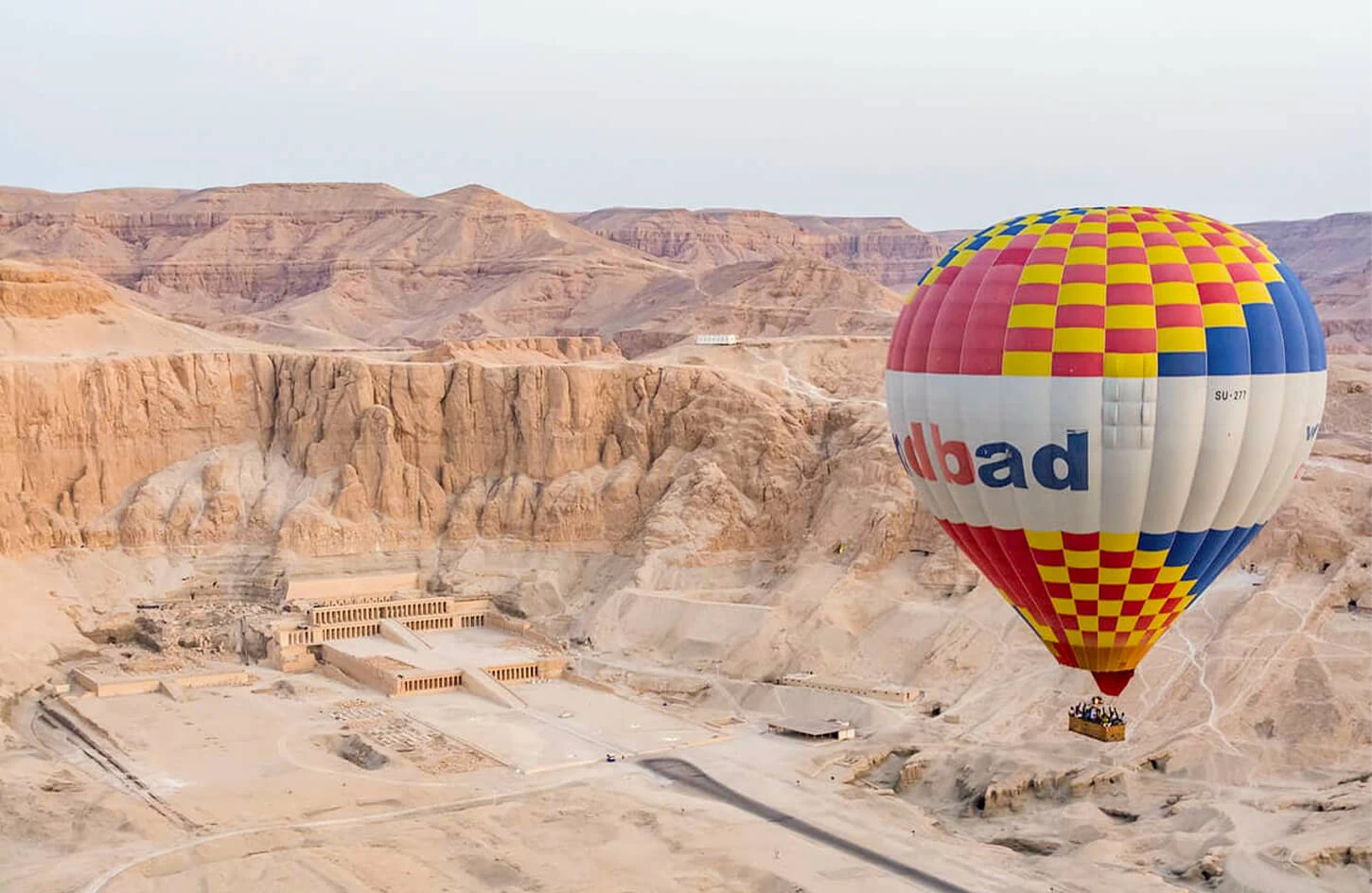
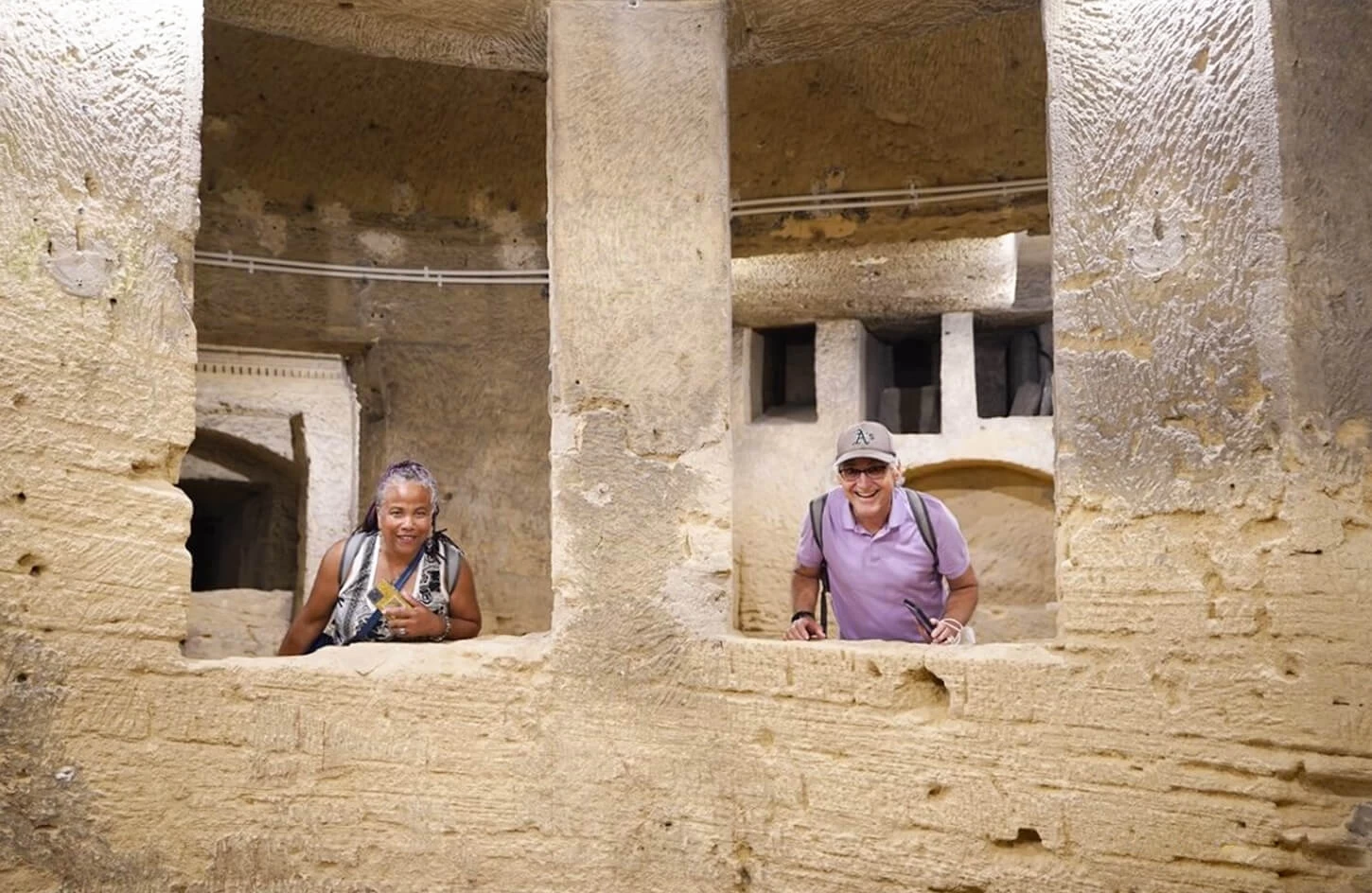
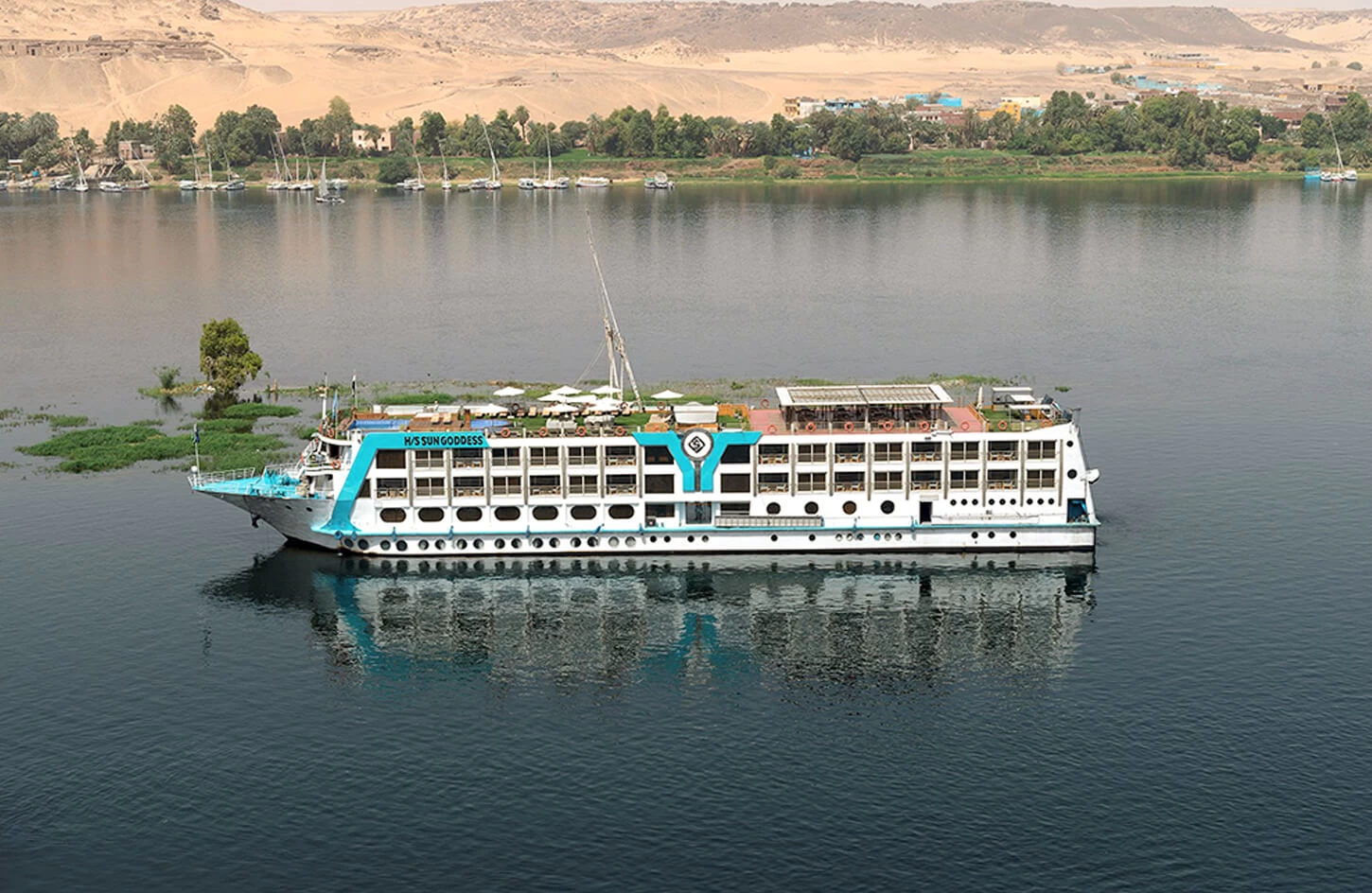
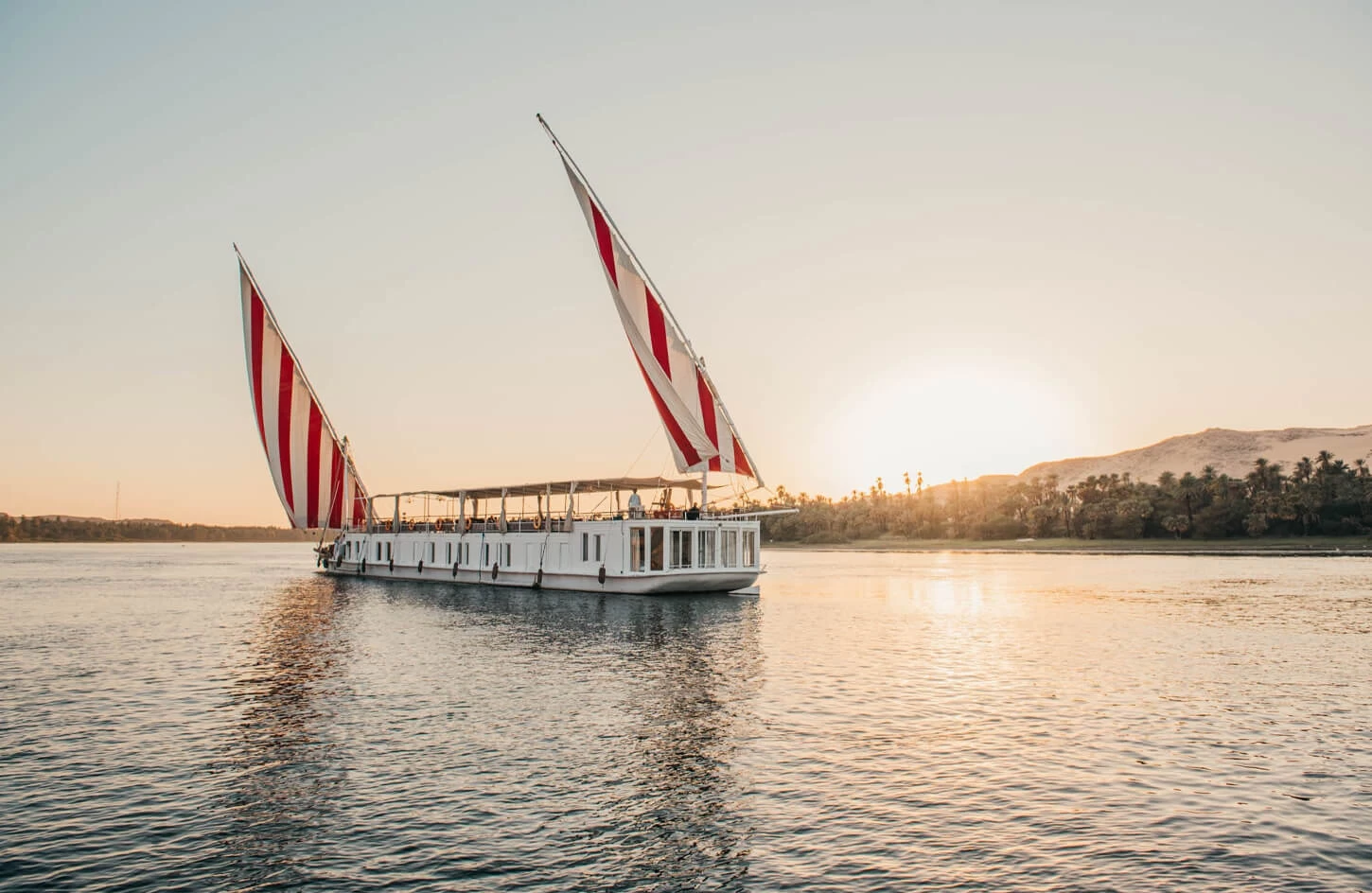
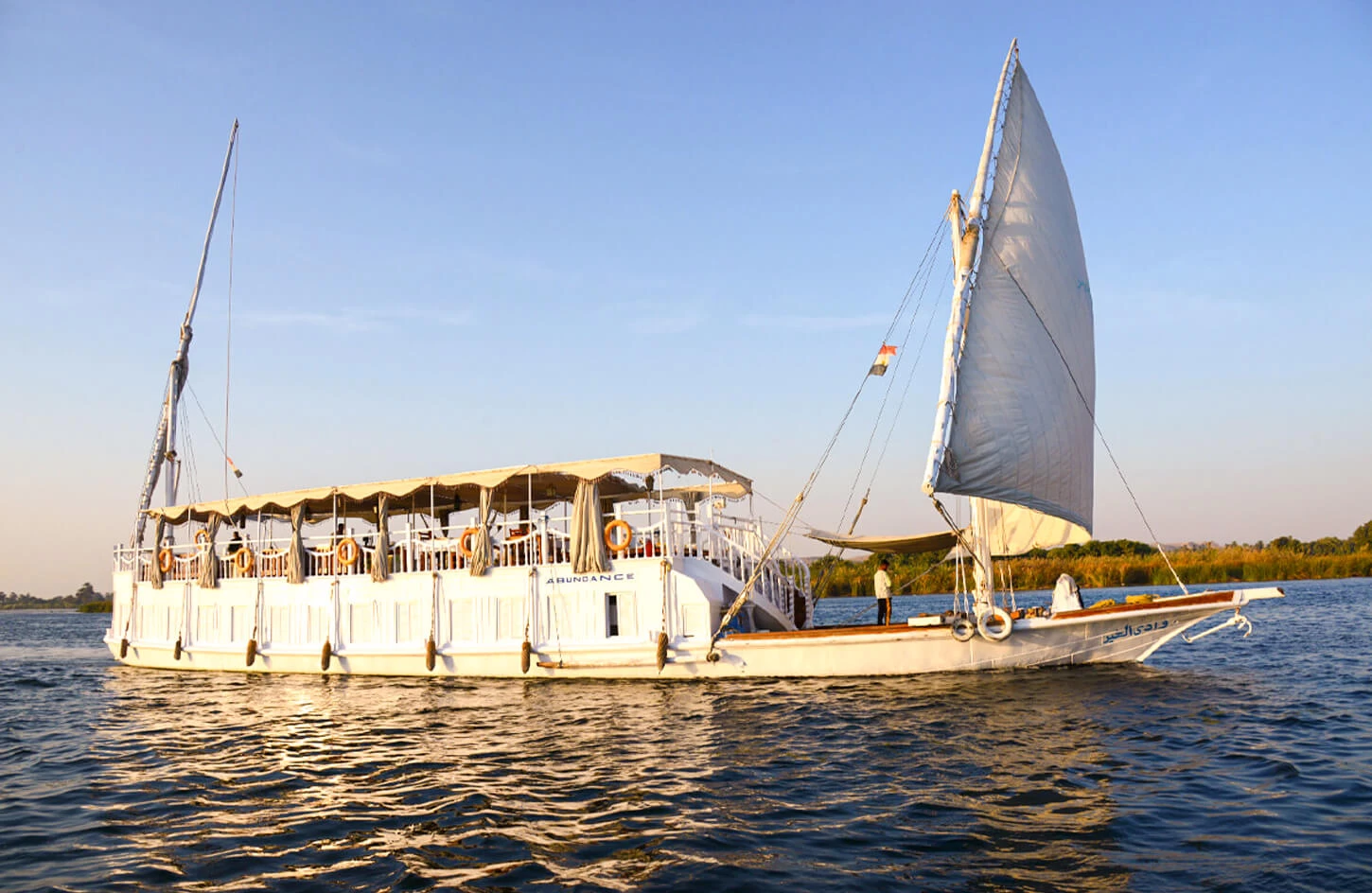
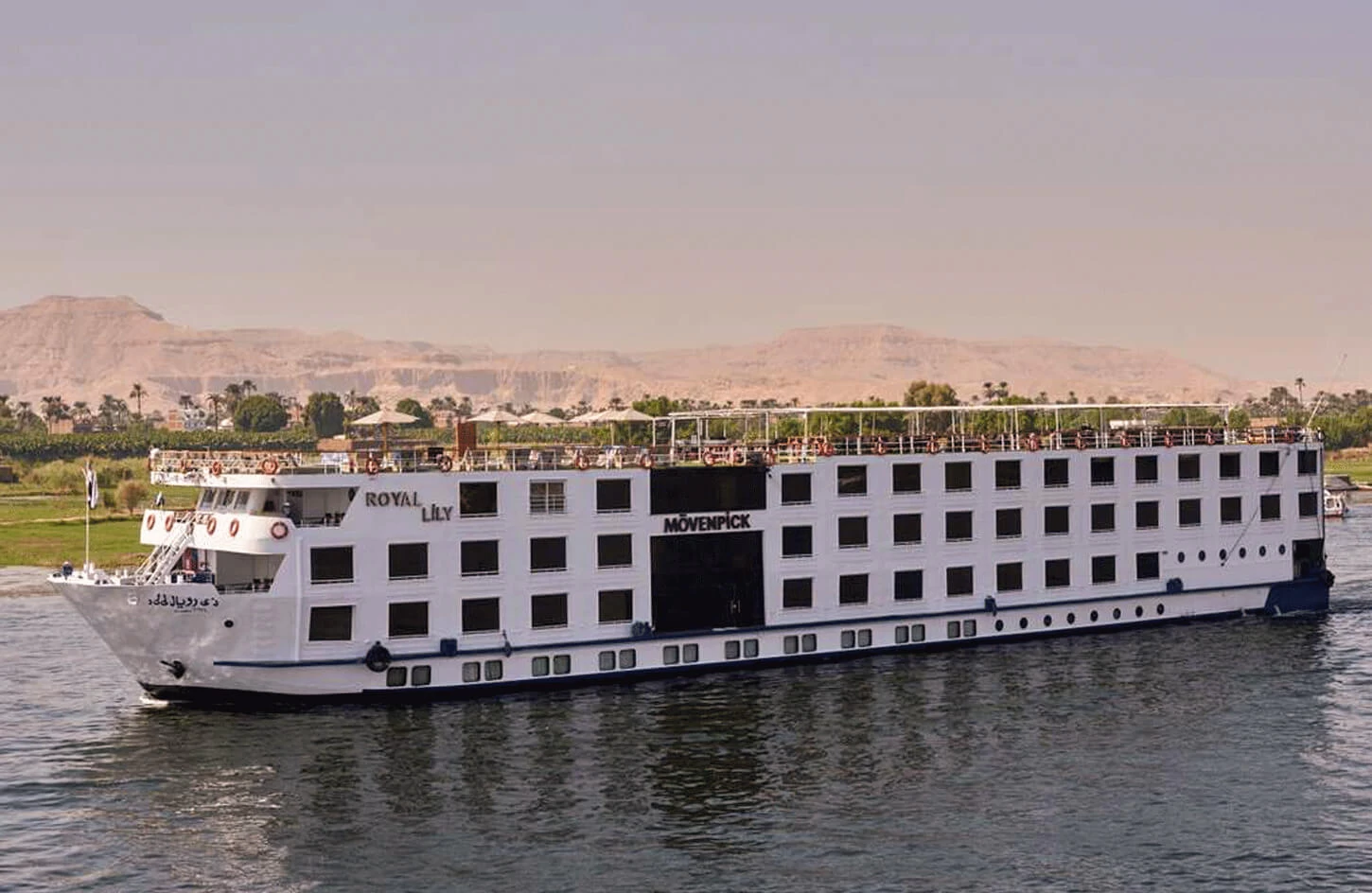
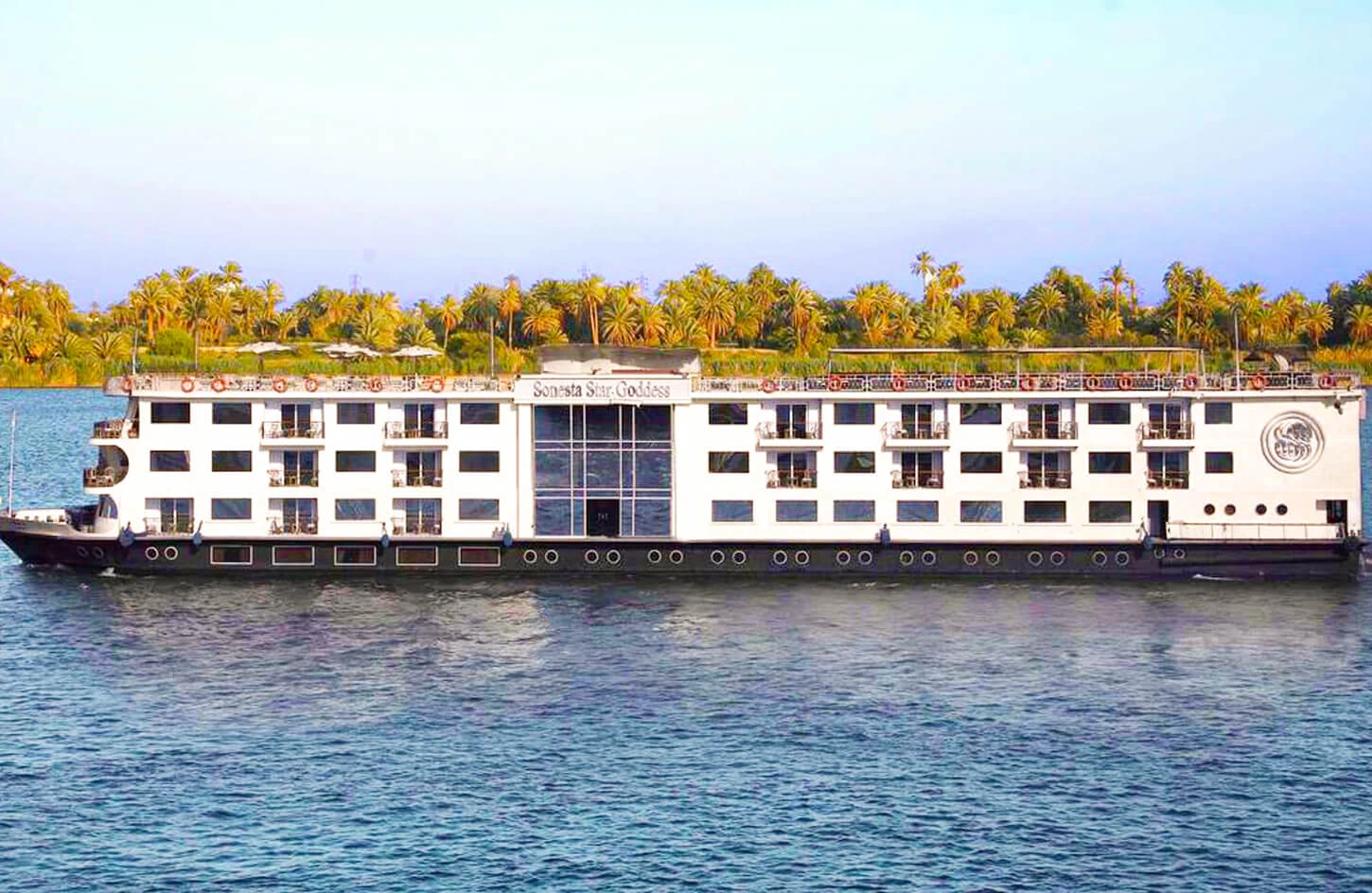
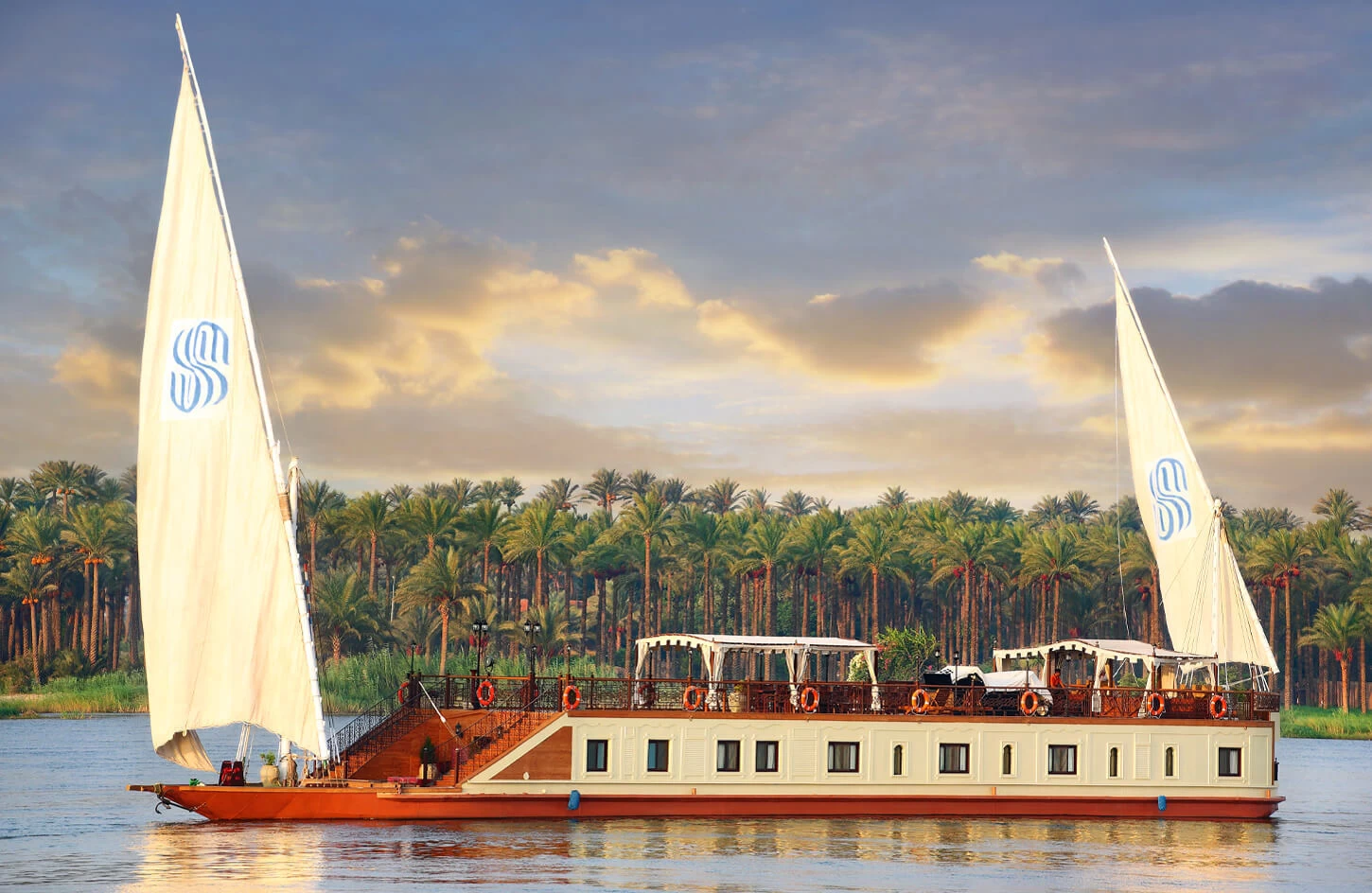
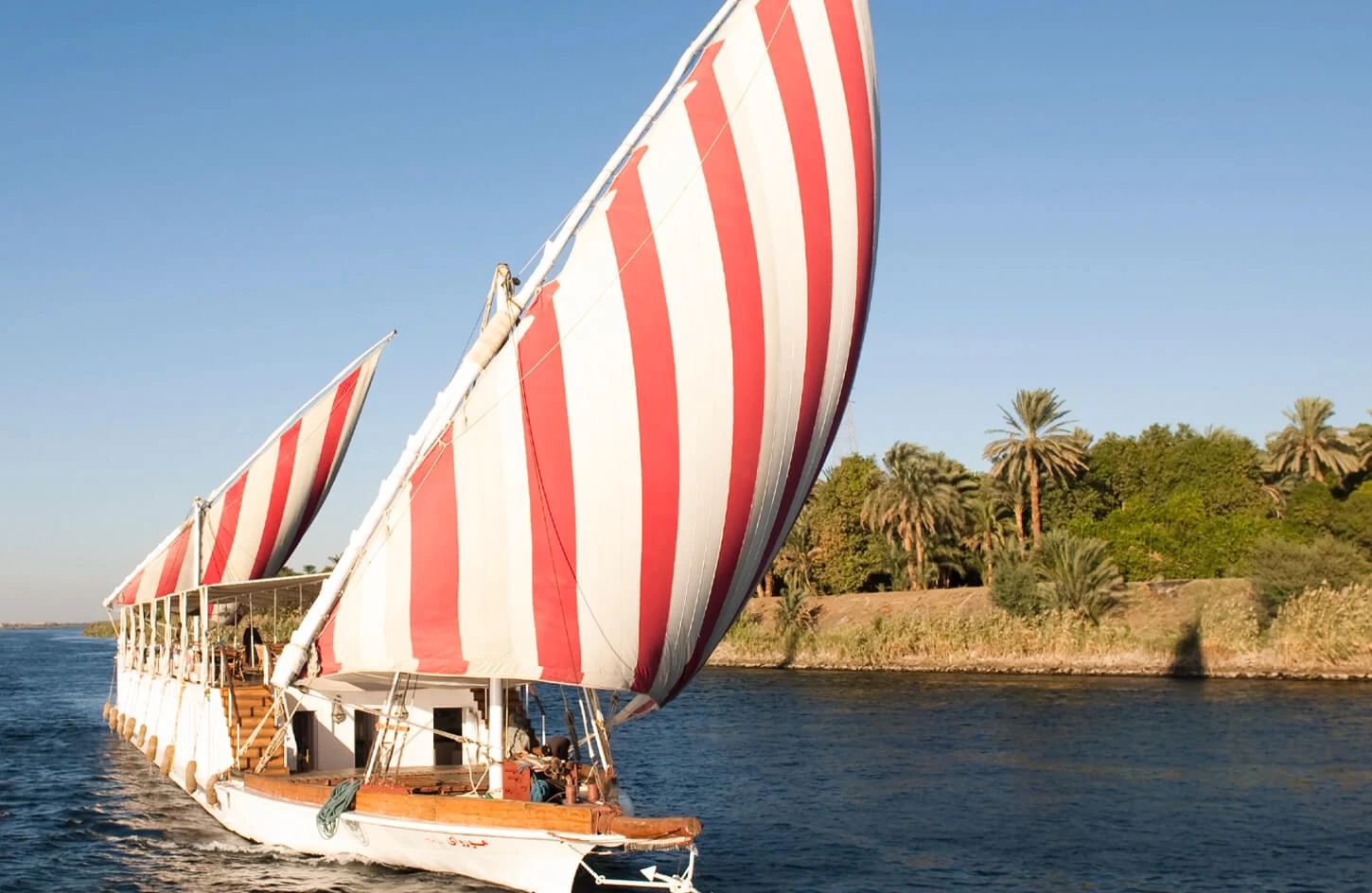
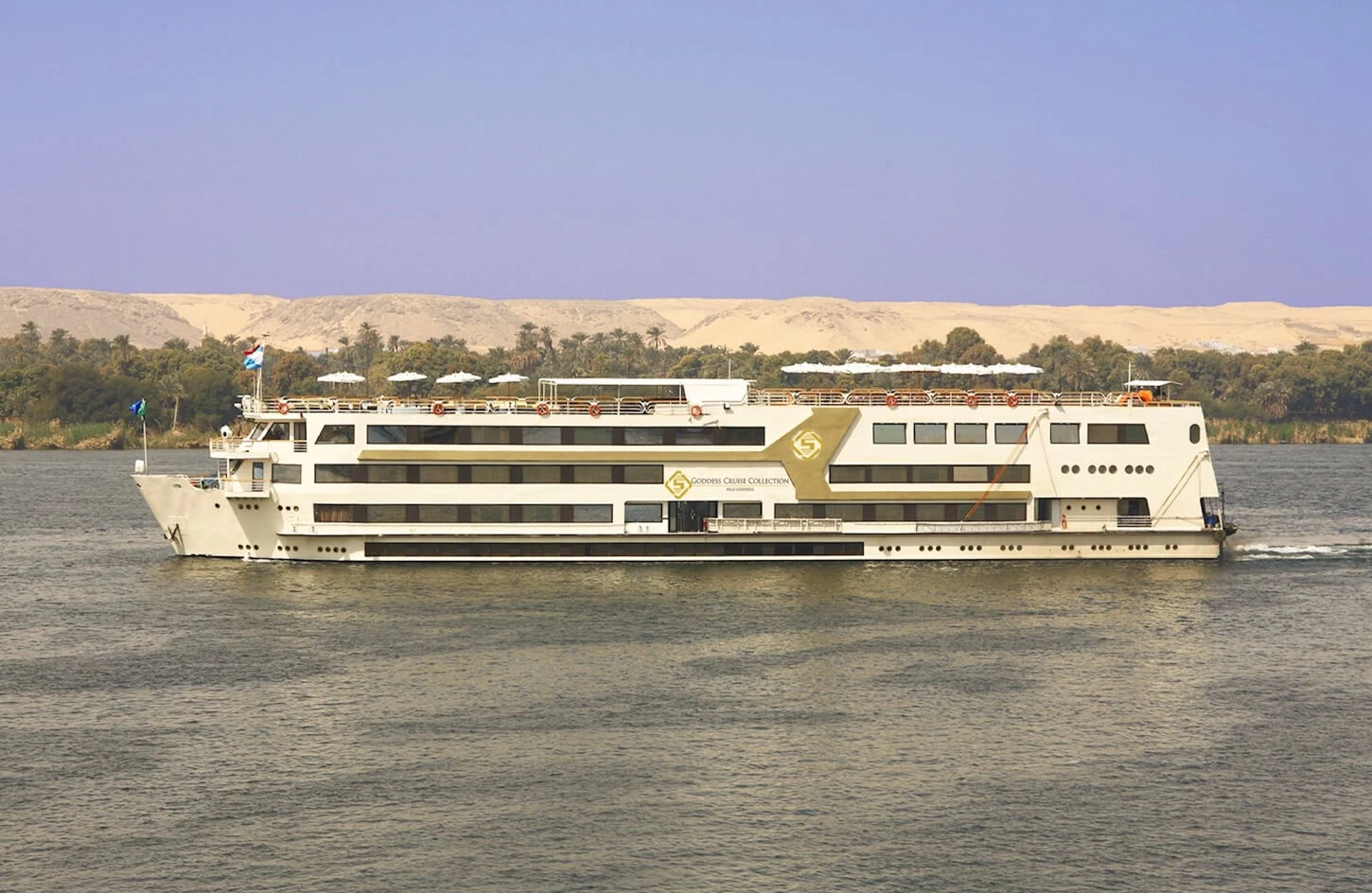
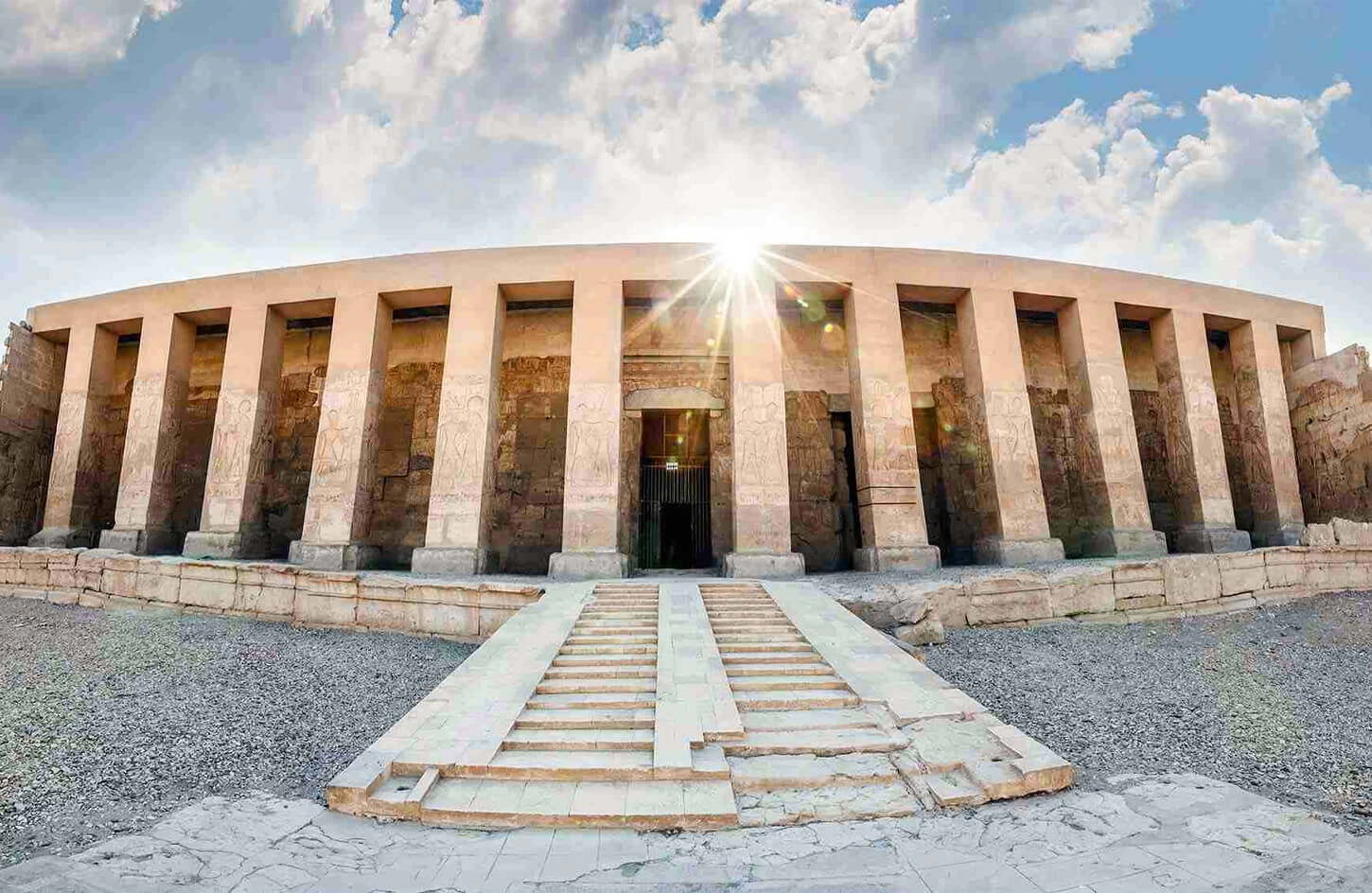
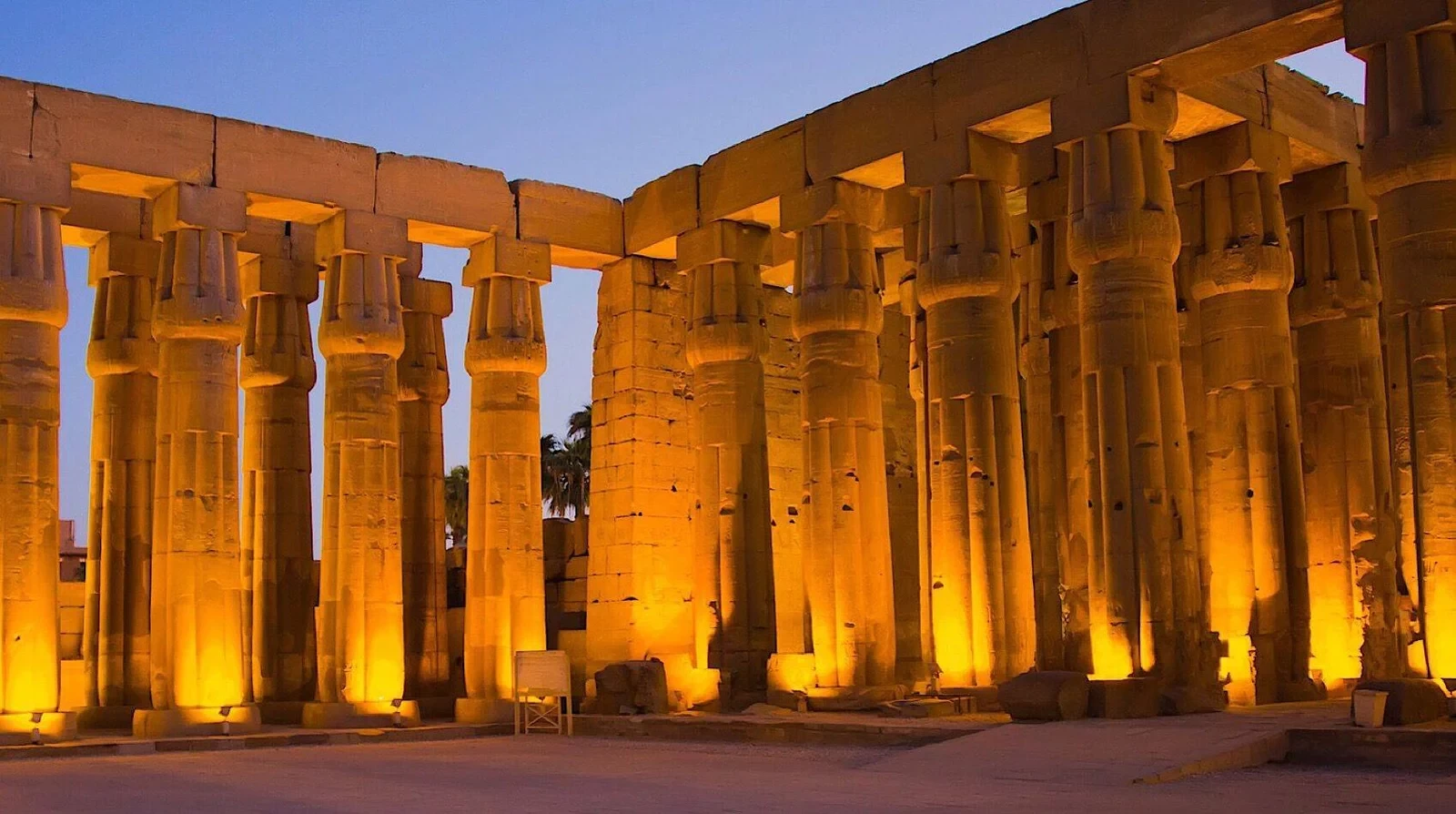

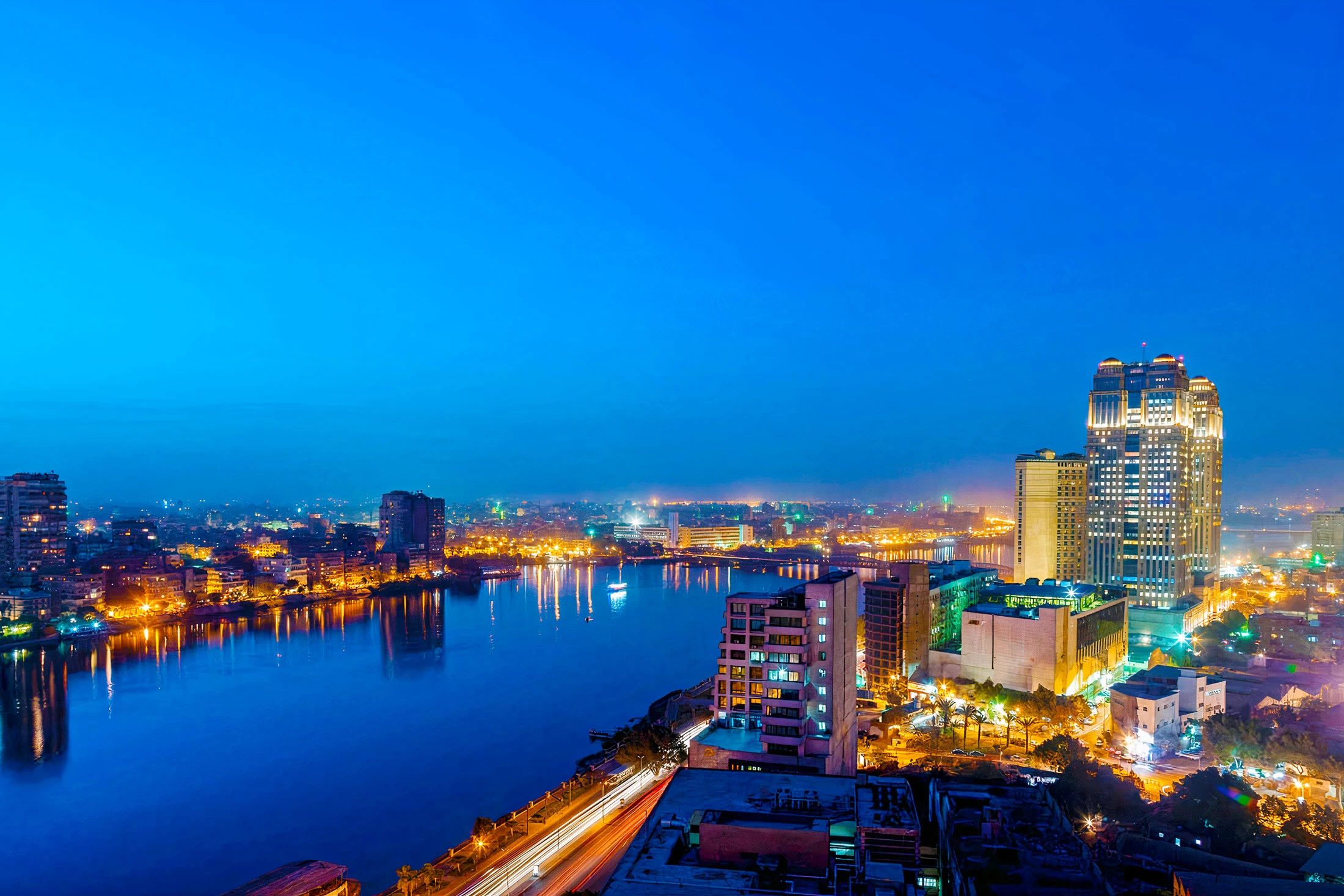
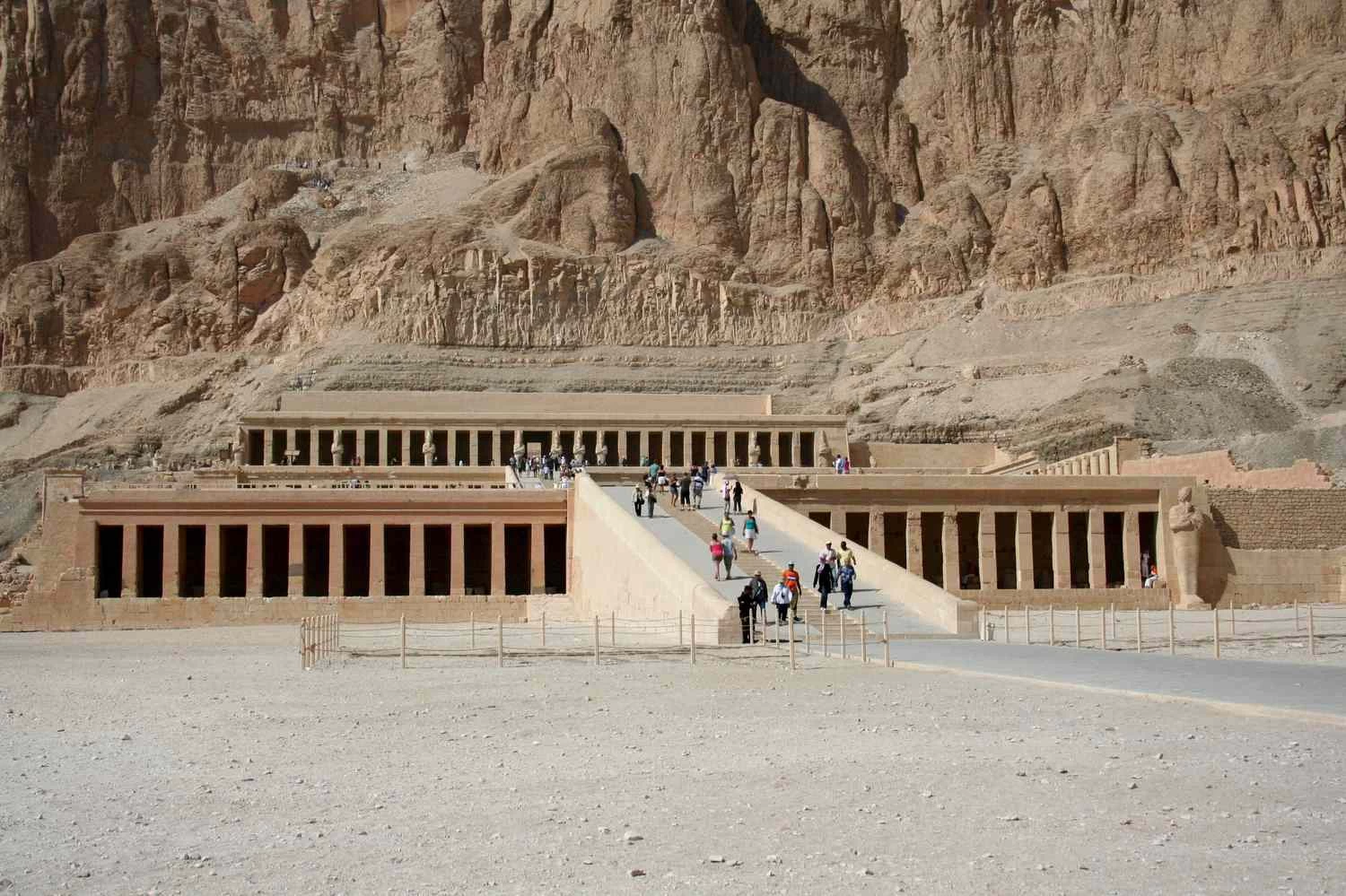
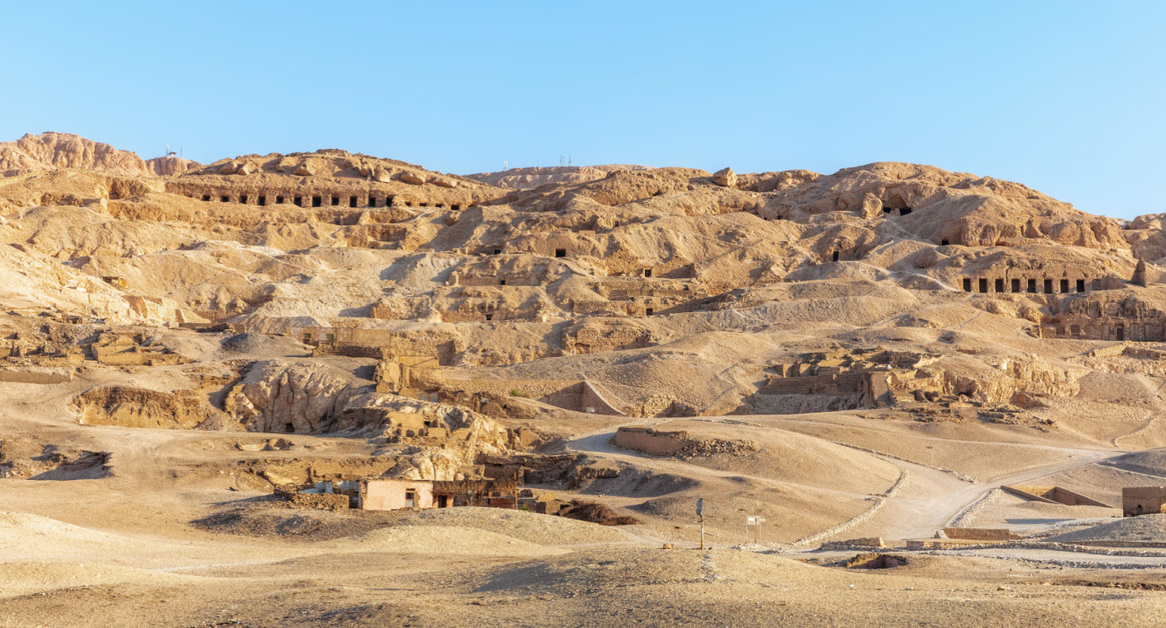
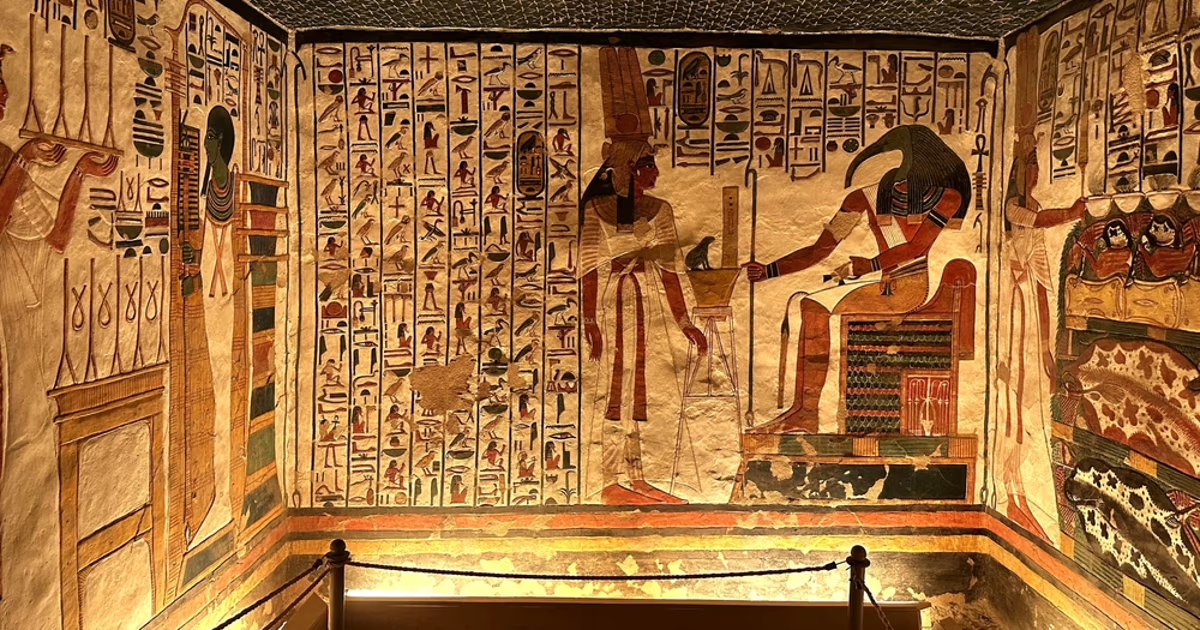

-webp.webp)
